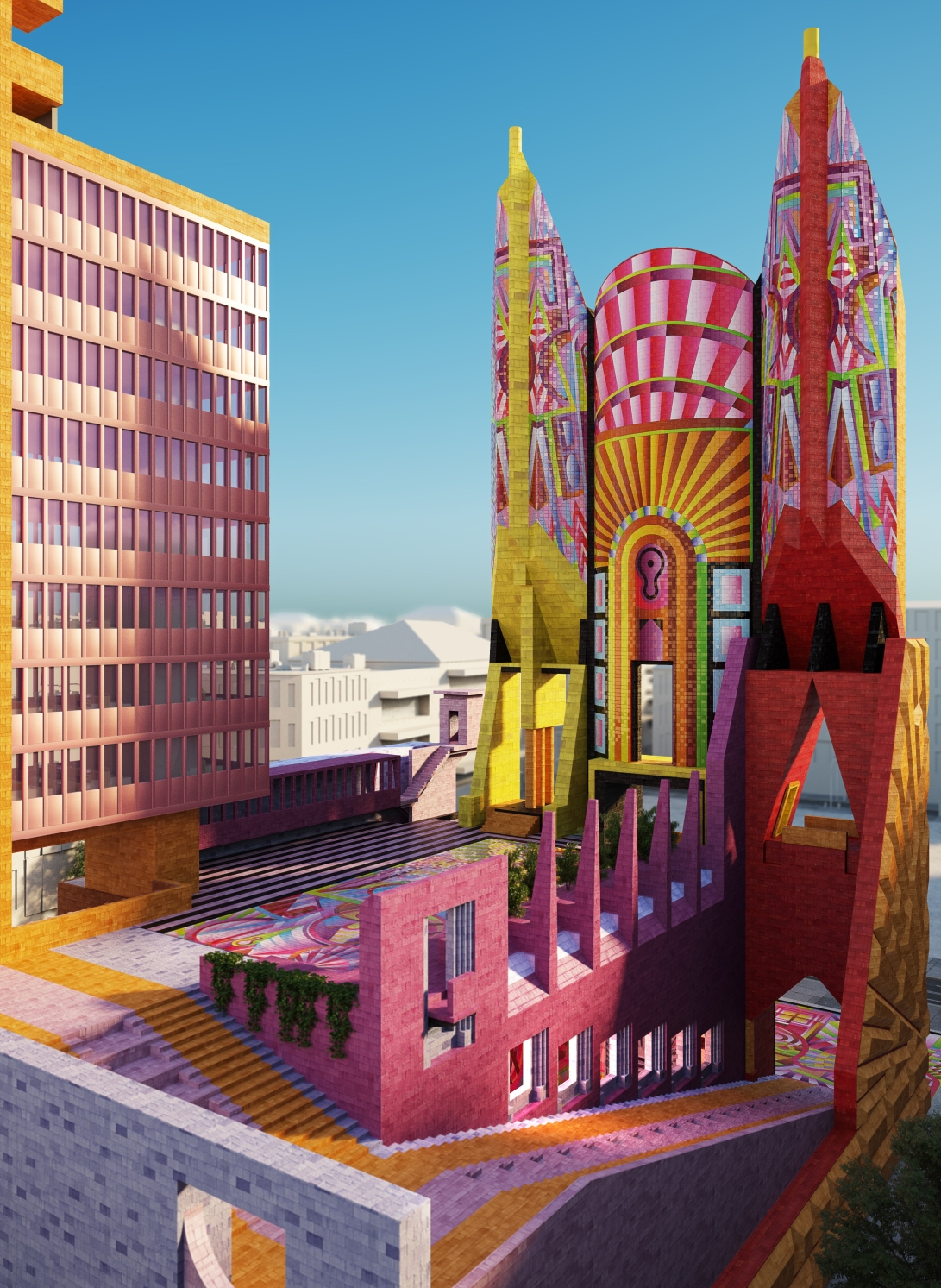by Adam Nathaniel Furman

What town halls are, their names, their forms, their programmes, and the way they relate to the public and the city has changed dramatically over the centuries, with each new incarnation absorbing lessons from the last, and building up a rich legacy full of successes and lessons that can be brought forward into future manifestations.
The 1800s was an era of dramatic change, tumultuous growth, vigour, and pride for British cities, all of which was anchored and guided by the Victorian town hall. Liberal mayors across the country spearheaded reforms and massive urban improvements that transformed the lives of those living in the new metropolises. Huge resources were funnelled through local government, with half of all national public spending being dispensed from town halls.
As well as directing public improvements, better schools, infrastructural provision and housing programs, these homes of local government themselves became symbolic embodiments of their respective cities. Their eloquent facades spoke of civic pride, communal purpose, economic strength, and artistic verve. Their interiors contained opulent multipurpose halls, which were used for events and meetings whose purpose was the pursuit of public betterment through the spectacle of public art and democracy, rather than the pageantry of an isolated monarchy.
These homes of local government became symbolic embodiments of their cities
After the second world war, in a national equivalent of the pioneering reforms of the great Liberal mayors of the 19th century, Britain was reconfigured into a nation that designed itself into a more equal and opportune disposition, in which infrastructure and opportunity were crafted by the public purse, for the broadest possible demographic. Gone were the vast republican Roman temples competing with the beautiful behemoths of British neo-baroque, the people palaces of competing virtual city-states, and in came modernity, a universal design language that spoke of a shared future, and common values.
The distinctly monumental town hall became the civic complex, and the deliciously florid interiors of pomp-for-the-people became the shining, diamond-cut glass, and rough-hewn concrete collected forms of libraries, sports centres, polytechnics and municipal offices, all carefully orchestrated around and within plazas, spaces slightly removed from the profane life of the city, elevated and set apart as glimpses of an organised, perfected collective destiny.
As globalisation, deregulation, and the European dream reached their respective zeniths in the 2000s under New Labour, architecture once again took on a starring role in the perpetual transformation of our cities. Private capital mingled with state funding to deliver colourful new spaces which mixed consumption and education, and profit and provision, in an apotheosis of an historical compromise between society and the market.
The presence of municipal bodies and of the state was reduced, modified, and rebranded within the context of leisure and shopping, of pleasure and experience. Single function iconic architectural objects, libraries, galleries and music halls, were inserted into the partially-privatised, super-slick new urban environments in a manner that sutured the feeling of growing wealth and cultural expansion, with the idea of an otherwise visually retreating state.

We are fast moving into another period of profound change in which society is resurgent, cities are once again looking to govern themselves, and there is an expectation that the state will return in a novel and more varied form to give sustenance to a population that has grown tired of the empty calories of shopping, and their sense of separation from the centres of bureaucratic power.
Our cities are expanding at a rate not seen in a century, and as mayors and city councils with muscle and financial independence begin to return to regions clamouring for devolved autonomy, there is an opportunity to reconfigure the balance of our cities. Through reforms and muscular policy agendas these political units will need to reinvigorate the agency of civic authorities, while at the same time there is an opportunity to anchor our expanding urban areas with symbolic social fulcrums that embody a shared sense of progress, of cultural production, of history, and of democratic projection.
It is time for the town hall as Democratic Monument.
We are living through what is perceived to be one of our democracy’s most intense crises in generations, which means it is in fact the perfect moment to build monuments to its rebirth. In crisis lies the greatest opportunity for reinvention. In each island of progress may there rise Democratic Monuments of symbolic sustenance, and practical pageantry, for our sprawling cities, for our expanding towns; beauty, but for everyone.
